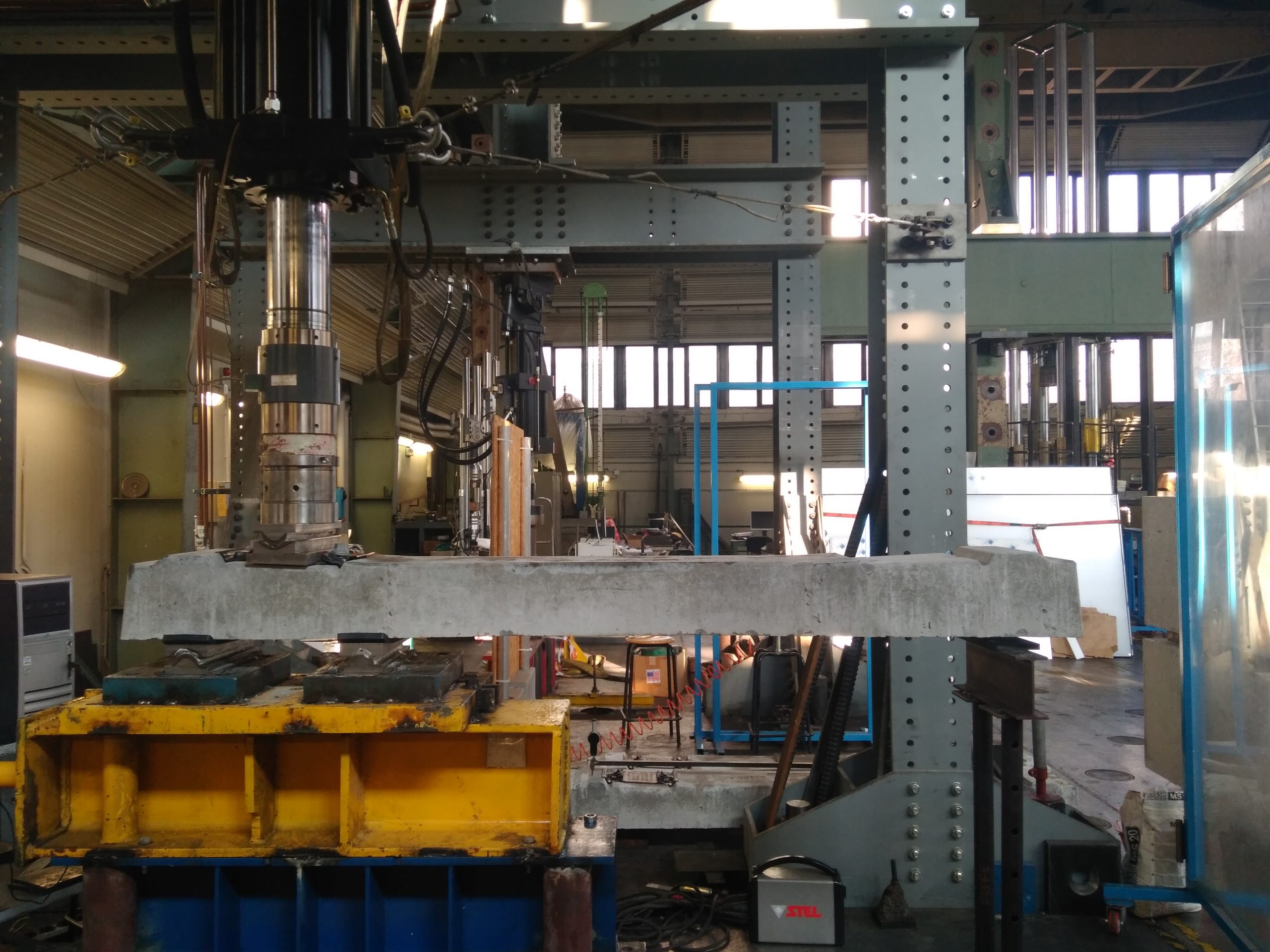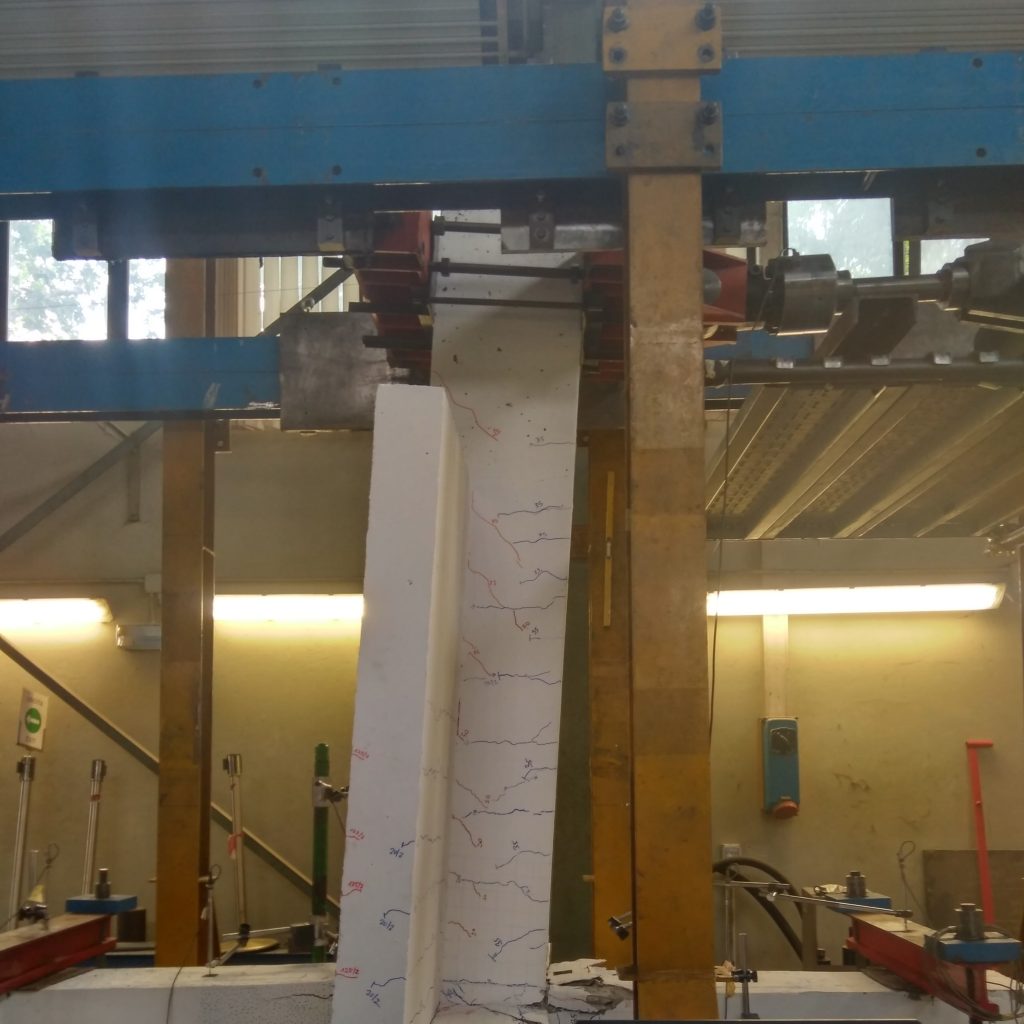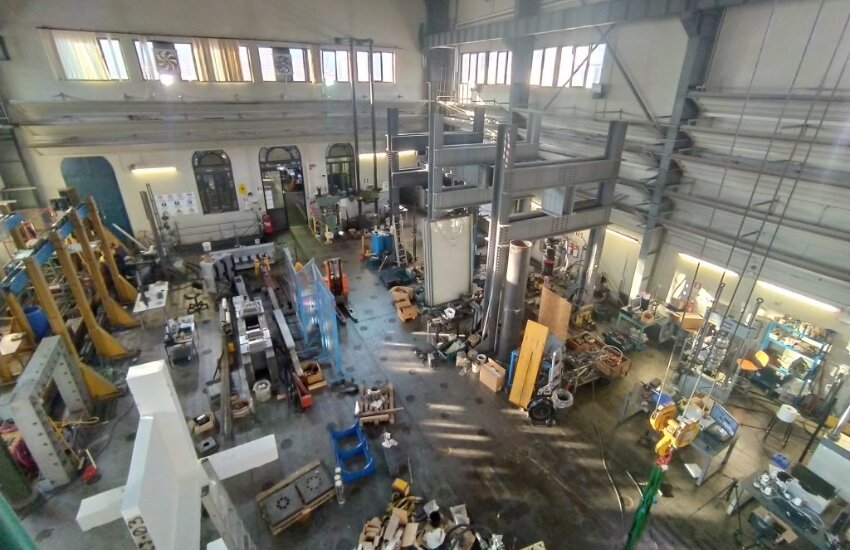If you’re perfectly comfortable travelling by train, you should know that some of that confidence is down to the Politecnico di Milano: after all, it is here – at the Material, Structure and Construction Testing Laboratory (LPM) – that railway sleepers are tested, specifically by being subjected to a battery of stress tests, from bending to impact, from resistance to rotation and aggressive environmental conditions to electrical resistance.

But that’s not all: if the homes of the future are equipped to withstand violent earthquakes, it will also be thanks to the experiments conducted in this laboratory, where tests are performed on full-scale and reduced-scale models of load-bearing elements, which are subjected to seismic loads with forces of up to 1000 kN (approximately 100 tonnes).

The Laboratory also has all the necessary equipment for static and cyclical tension tests for steel elements for prestressed concrete, as well as for testing cables up to a capacity of 3000 kN.
The laboratory is one of the oldest in the university, was operating as early as 1927 for the certification of construction products, and is now one of the Large infrastructures of the Politecnico di Milano.
This video featuring Virginio Quaglini, Scientific Director of the Material, Structure and Construction Testing Laboratory (LPM), illustrates this in further depth.

